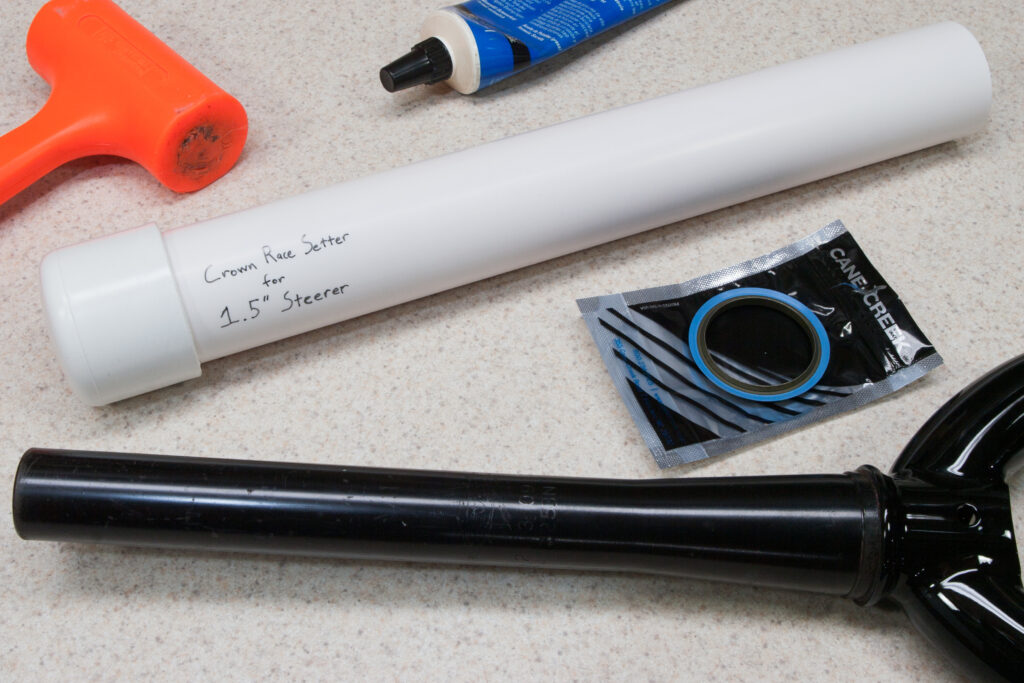Ever since building some 30mm wide Salsa Semi rims for my single speed I’ve been enamored with wider (but not quite fatbike width) rims on normal mountain bikes. I feel that so long as the tire remains ~20% wider than the rim itself the benefits are great: more sidewall support, less tire roll when cornering, and higher volume of air all while rolling resistance seems the same. I recently played with building up a Velocity Dually-based front wheel for the El Mariachi Ti. At 45mm wide it made a 2.4″ Schwalbe Racing Ralph about 63mm wide and felt great to ride, but the heavy rim was noticeable. For me the holy grail would have been a wide wheelset that isn’t any heavier than a more-typical XC set, like the Shimano XT / Stan’s NoTubes Arch EX set that came with the El Mariachi Ti.
With the recent XT freehub failure I got to thinking seriously about new wheels, and after a few months of trawling eBay I found myself with all the parts needed to build up just what I wanted at a sane price: 35mm wide carbon fiber rims from China, high-quality hubs from Switzerland, tires from Germany, and spokes from… wherever spokes come from.
At the same time I was able to switch to a 142×12 rear through axle, which is something I’d been wanting to do for a while, since I’m quite fond of the positive engagement and installed-straight-or-not-installed-at-all nature of a through axle. They can’t become skewed like a traditional quick releases which can be a bit skewed.
In the end they came out great, and even though I only have an hour and a half of riding on them, I’m quite content. Read more about the build below the fold…
3 Comments







